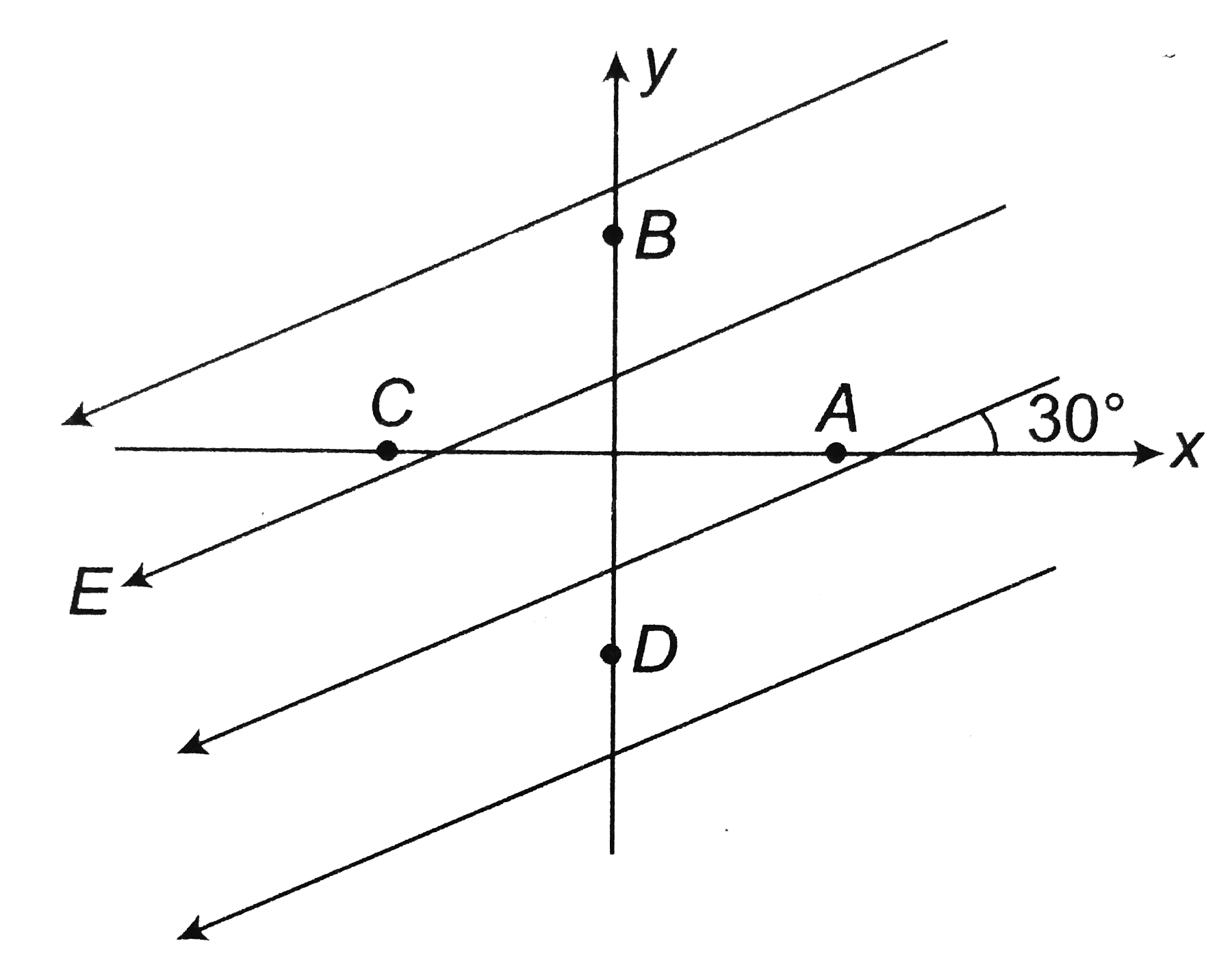A particle is being acted upon by one dimensional conservative force. In the F−x curve shown, four points A,B,C,D are marked on the curve. State which type of equilibrium is the particle have at position c.
 .
.
stable equilibrium
unstable
Neutral
No equilibrium
The correct Answer is:A
Step by step video, text & image solution for A particle is being acted upon by one dimensional conservative force. In the F-x curve shown, four points A,B,C,D are marked on the curve. State which type of equilibrium is the particle have at position c. . by Physics experts to help you in doubts & scoring excellent marks in Class 11 exams.
Updated on:21/07/2023Topper's Solved these Questions
- WORK POWER AND ENERGYBook:NARAYNAChapter:WORK POWER AND ENERGYExercise:Level-V (Multiple Answer)
Explore 13 Videos
- WORK POWER AND ENERGYBook:NARAYNAChapter:WORK POWER AND ENERGYExercise:Level-V (Comprehension)
Explore 22 Videos
- WORK POWER AND ENERGYBook:NARAYNAChapter:WORK POWER AND ENERGYExercise:NCERT (Based Questions)
Explore 45 Videos
- WORK , ENERGY & POWER Book:NARAYNAChapter:WORK , ENERGY & POWER Exercise:EXERCISE IV
Explore 43 Videos
Similar Questions

A particle is given velocity v0 at point A as shown in the figure. Find the speed of particle at point B,C and D
View Solution(a) A particle is moving along the x axis and its velocity vs position graph is as shown. Is the acceleration of the particle increasing, decreasing or remains constant?

(b) A particle is moving along x axis and its velocity (v) vs position (x) graph is a curve as shown in the figure. Line APB is normal to the curve at point P. Find the instantaneous acceleration of the particle at x=3.0m.

View Solution
Knowledge Check
In the following figure, four curves A,B, C and D are shown. The curves are
 AIsothermal for A and D while adiabatic for B and CBAdiabatic for A and C while isothermal for B and DCIsothermal for A and B while adiabatic for C and DDIsothermal for A and C while adiabatic for B and D
AIsothermal for A and D while adiabatic for B and CBAdiabatic for A and C while isothermal for B and DCIsothermal for A and B while adiabatic for C and DDIsothermal for A and C while adiabatic for B and DPotential energy v/s position curve for one dimensional conservative field is shown. Force at A and B is respectively.
 APositive, PositiveBPositive, NegativeCNegative, PositiveDNegative, Negative
APositive, PositiveBPositive, NegativeCNegative, PositiveDNegative, NegativeAs a particle moves along the x−axis, it is acted upon by a conservative force. The potential energy is shown below as a function of the coordinate x of the particle. Rank the labelled regions accoeording to the magnitude of force, least to greatest.
 AAB, BC, CDBAB, CD, BCCBC, CD, ABDBC, AB, CD
AAB, BC, CDBAB, CD, BCCBC, CD, ABDBC, AB, CD
A particle of mass 3 kg moves in aone dimensional field along x-axis. The force due to the field depends on its position as F=729x6−64 . Find the state equilibrium position. Determine the time period of osciallations for small amplitude osciallations about the stable equlibrium position.
View SolutionA particle is acted upon by a force which varies with position x as shown. F is in N and x is in m F 10 5 X 2 -10
View SolutionA particle is acted upon by a force F which varies with position x as shown in figure. If the particle at x * 0 has kinetic energy of 25 J, then the kinetic energy of the particle at x = 16 m is

View SolutionThere exists a uniform electric filed in the space as shown. Four points A,B,C and D are marked which are equildistant from the origin. If and VD are their potentials respectively, then

View SolutionA particle is acted upon by a constant force always normal to the direction of motion of the particle. It is therefore inferred that-
(a) Its velocity is constant
(b) It moves in a straight line
(c) Its speed is constant
(d) It moves in circular path
View Solution

